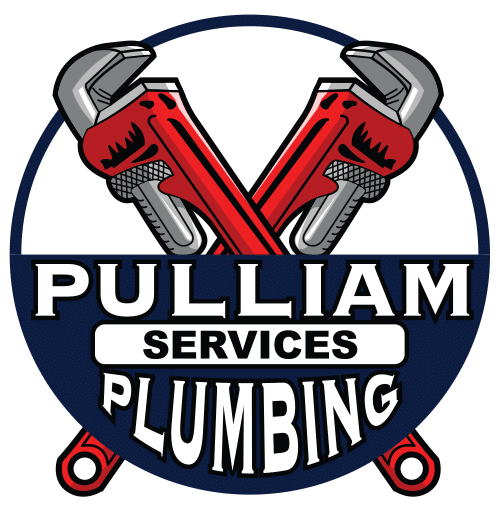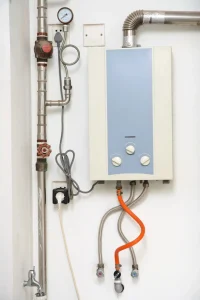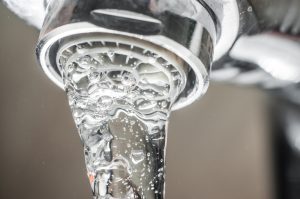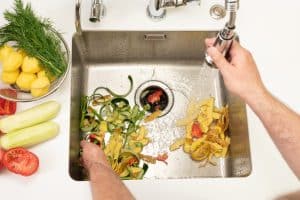Plumbing emergencies can happen at any time and often when you least expect them. Whether it’s a burst pipe in the middle of the night or a clogged toilet right before guests arrive, knowing how to handle these issues is crucial for every family. Teaching everyone in the household some basic plumbing skills can make a huge difference when minutes count.
In this article, we’ll share some practical tips on how to tackle common plumbing issues. From shutting off the water to dealing with leaks and clogs, these skills will equip your family to handle emergencies with confidence. Let’s dive into these essential emergency plumbing tips that every household should know.
How to Shut Off Your Water Supply
Knowing how to shut off your water supply can prevent a minor plumbing problem from turning into a major disaster. The first step is to locate the main water shut-off valve. This valve is usually found near the water meter, either in the basement, crawl space, or outside along an exterior wall. Everyone in the family should know where this valve is located.
To shut off the water, turn the valve clockwise until it stops. This action will cut off the water flow to your entire house, which is crucial if you have a major leak or burst pipe. It’s a good idea to practice this a couple of times so you can act quickly in an emergency. Familiarity with the valve can make all the difference when you’re racing against the clock to prevent water damage.
Additionally, it’s helpful to know how to shut off water to individual fixtures like toilets, sinks, and washing machines. Each of these typically has a local shut-off valve nearby. For example, the shut-off valve for a toilet is usually located on the wall behind the toilet bowl. Turning this valve clockwise will stop water flow to just that fixture, allowing you to fix a leak or other issue without affecting the rest of the house.
Dealing with Leaking Pipes
Leaks can happen at any time and can cause serious damage if not addressed quickly. The first thing to do is to identify the source of the leak. Look for visible signs of water on the walls, ceilings, or floors. Once you find the leak, place a bucket or container under it to catch the dripping water and minimize damage.
Next, use plumber’s tape or a pipe repair clamp to temporarily seal the leak. Plumber’s tape can be wrapped around the pipe at the leak point to create a temporary seal. A pipe repair clamp can be clamped over the leak for a more secure temporary fix. These solutions are not permanent but can buy you some time until you can get professional help.
If you find the leak is coming from a joint or connection, try tightening the connections with a wrench. Sometimes, a loose connection is the cause of the leak, and a simple tightening can solve the problem. Remember to turn off the water supply before attempting any repairs. Knowing these basic steps can help you manage a leaky pipe effectively and reduce potential water damage.
Unclogging Toilets and Drains
Clogged toilets and drains are common household issues that can quickly become emergencies if not handled properly. The first step in dealing with a clogged toilet is to use a plunger. Place the plunger over the toilet drain and push down gently at first to eliminate any air. Then, pump with more force. This action creates suction and pressure that can dislodge the blockage. If the plunger doesn’t work, a toilet auger, also known as a plumbing snake, can be used to reach deeper into the drain.
For clogged drains in sinks or tubs, a similar process applies. Start by using a plunger to see if you can dislodge the clog. For sinks, make sure you cover the overflow drain with a wet cloth to maintain pressure. If plunging doesn’t work, remove and clean the sink trap (P-trap) under the sink. This U-shaped pipe often collects debris and can be easily cleaned out. Always place a bucket underneath the trap before you unscrew it to catch any water or debris that comes out.
If a plunger or auger doesn’t resolve the issue, you might try a natural drain cleaner. A mixture of baking soda and vinegar can often break up minor clogs without damaging your pipes. Pour a cup of baking soda into the drain, followed by a cup of vinegar. Let it sit for about 15 minutes, then flush with hot water. Avoid using chemical drain cleaners, as they can damage your pipes and are harmful to the environment.
Handling Water Heater Emergencies
Water heater problems can be particularly stressful, especially if you suddenly lose hot water. The first sign of trouble is often a lack of hot water or unusual noises coming from the unit. If you suspect an issue, check the thermostat settings. Sometimes, the problem is as simple as adjusting the temperature. Make sure it’s set between 120 and 140 degrees Fahrenheit.
If the problem isn’t the thermostat, you might be dealing with a leak. Check the area around the water heater for puddles or moisture. If you find a leak, turn off the power to the water heater. For electric models, this means switching off the breaker at your electrical panel. For gas models, turn the gas control knob to the off position. Then, shut off the water supply to the heater by turning the valve on the cold water pipe clockwise.
If the water heater is making strange noises, it might be due to sediment buildup. Draining the tank can often solve this problem. Attach a garden hose to the drain valve and empty the tank into a nearby drain or outside area. Be careful, as the water will be hot. Once the tank is empty, turn the water supply back on to flush out any remaining sediment before refilling the tank.
Conclusion
Plumbing emergencies can strike at any time, and knowing how to handle them can prevent a stressful situation from becoming a costly disaster. Teaching your family the basics of shutting off the water supply, dealing with leaks, unclogging toilets and drains, and managing water heater issues can save time, money, and a lot of headaches.
Preparation is key. By understanding these essential plumbing tips, you’ll be better equipped to act quickly and effectively during an emergency. If an issue arises that you can’t handle, don’t hesitate to call in the professionals.
For expert help with any plumbing emergency, contact Pulliam Plumbing. Our team of plumbers in Boerne, TX, s ready to assist you with any plumbing problem, big or small!




